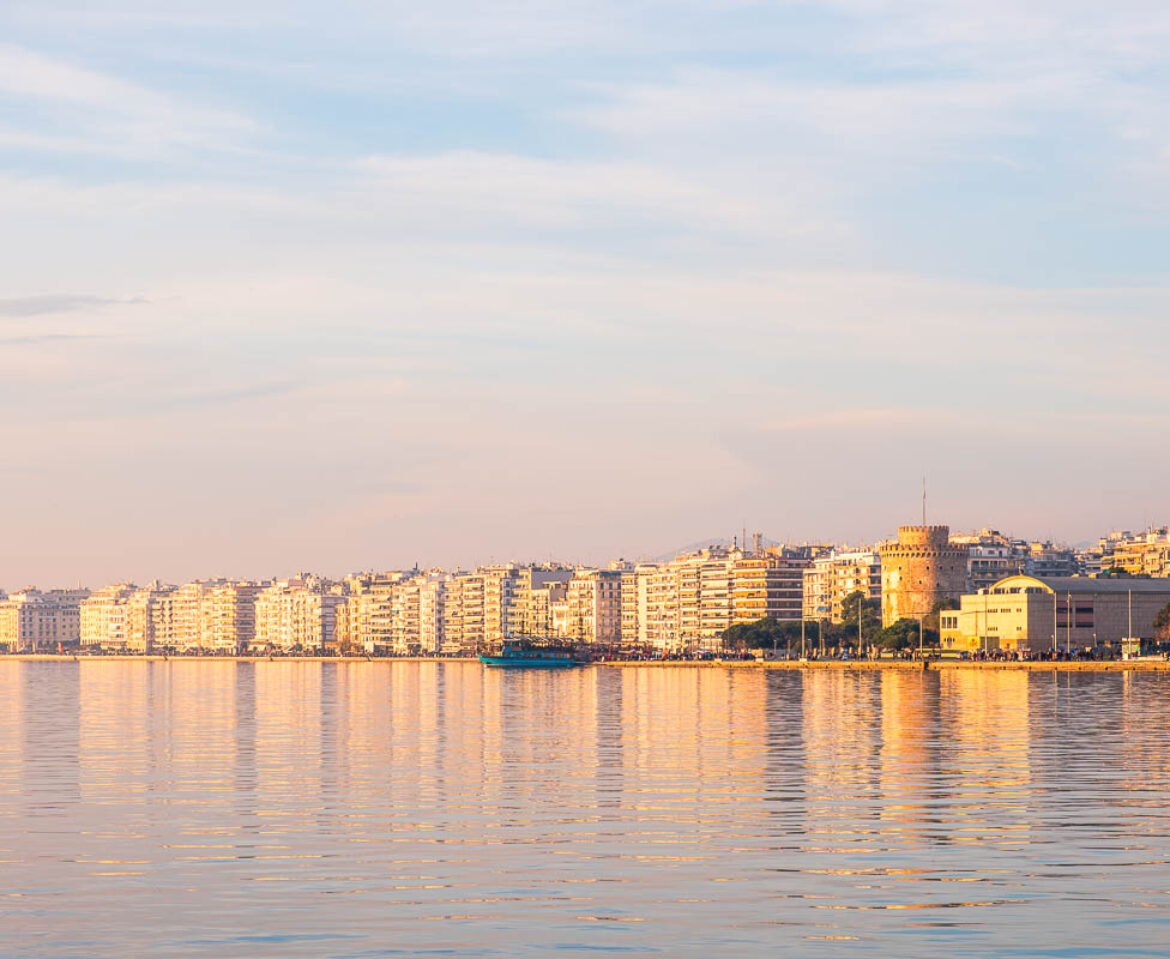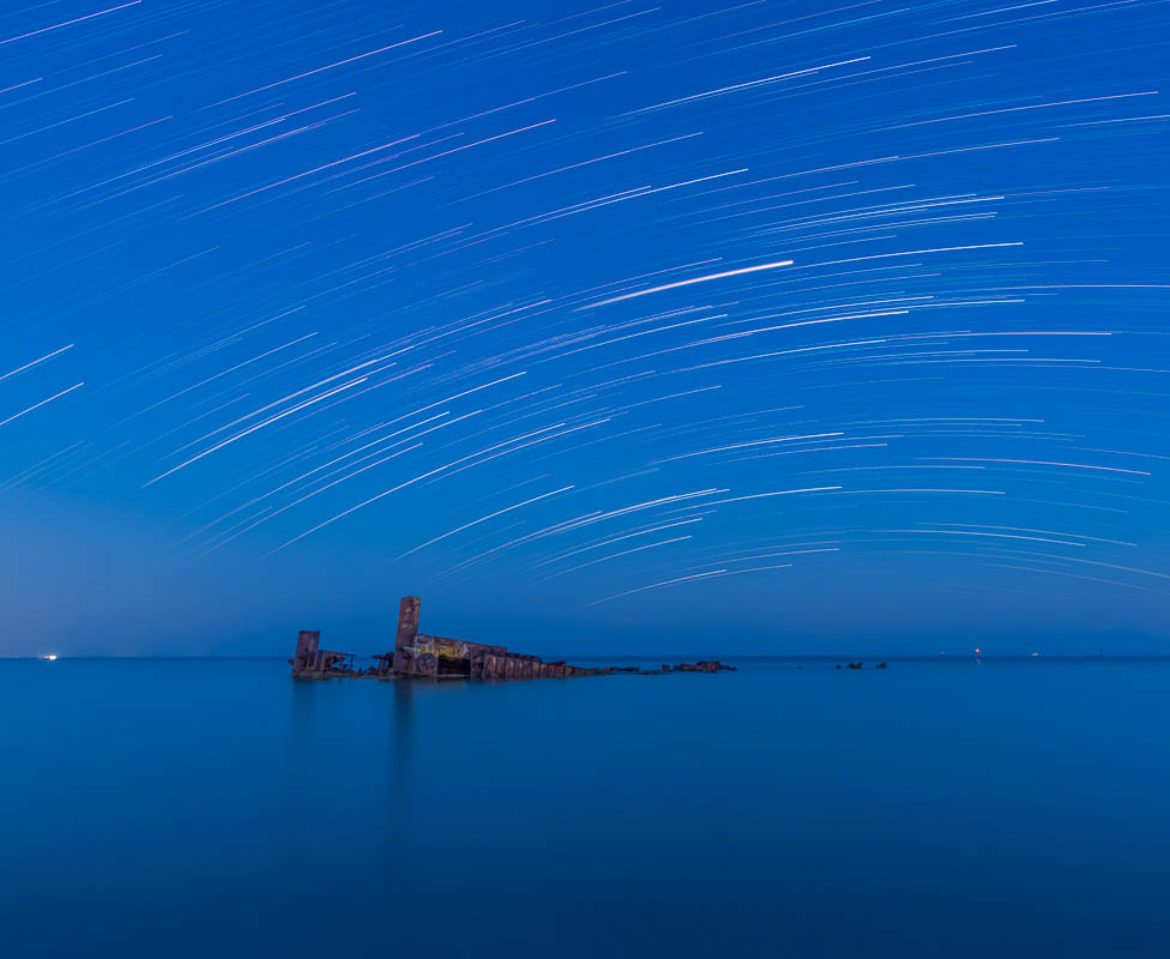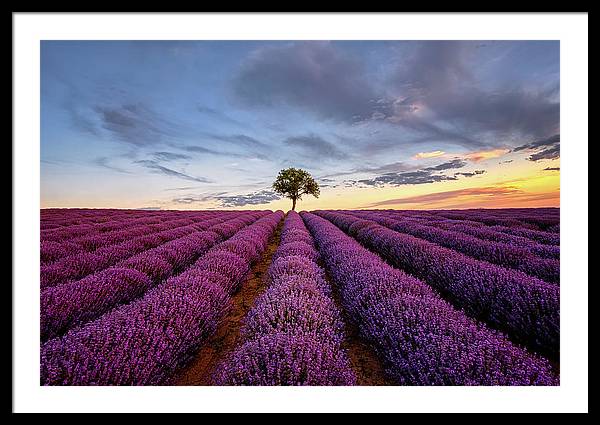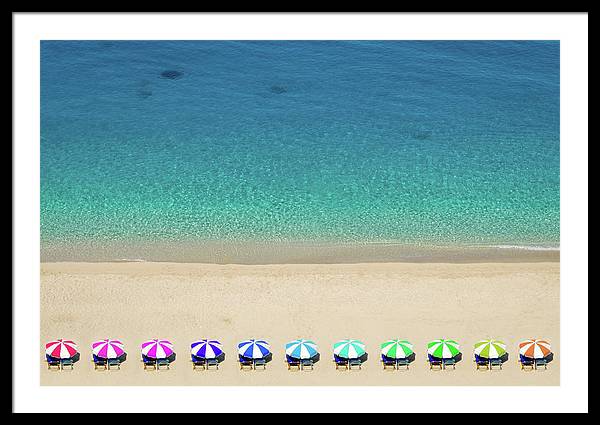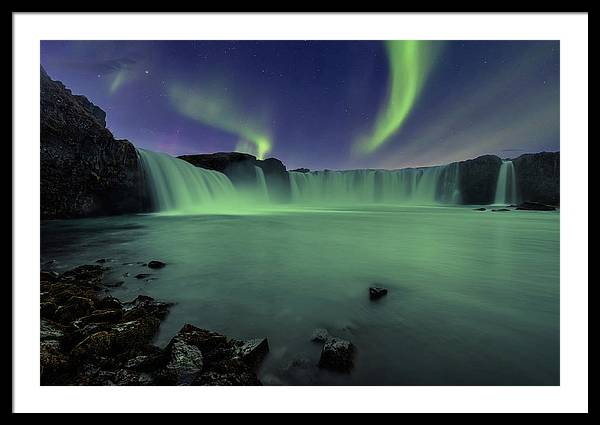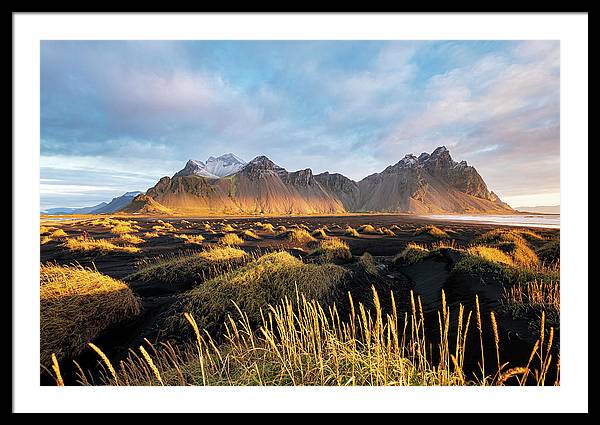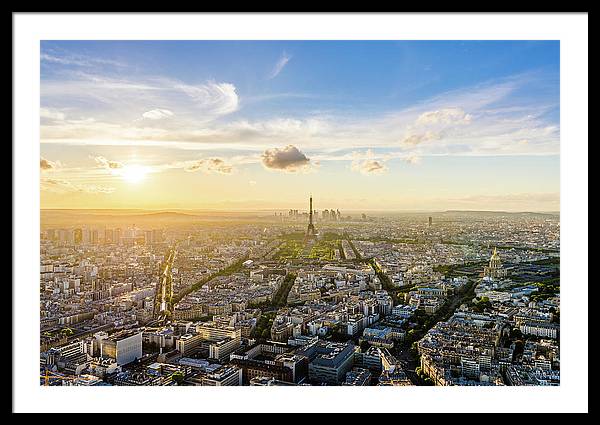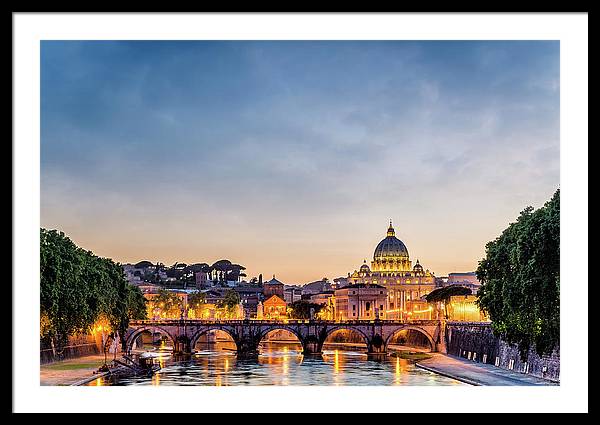The Art of Reflection Photography and Why You Should Try It!
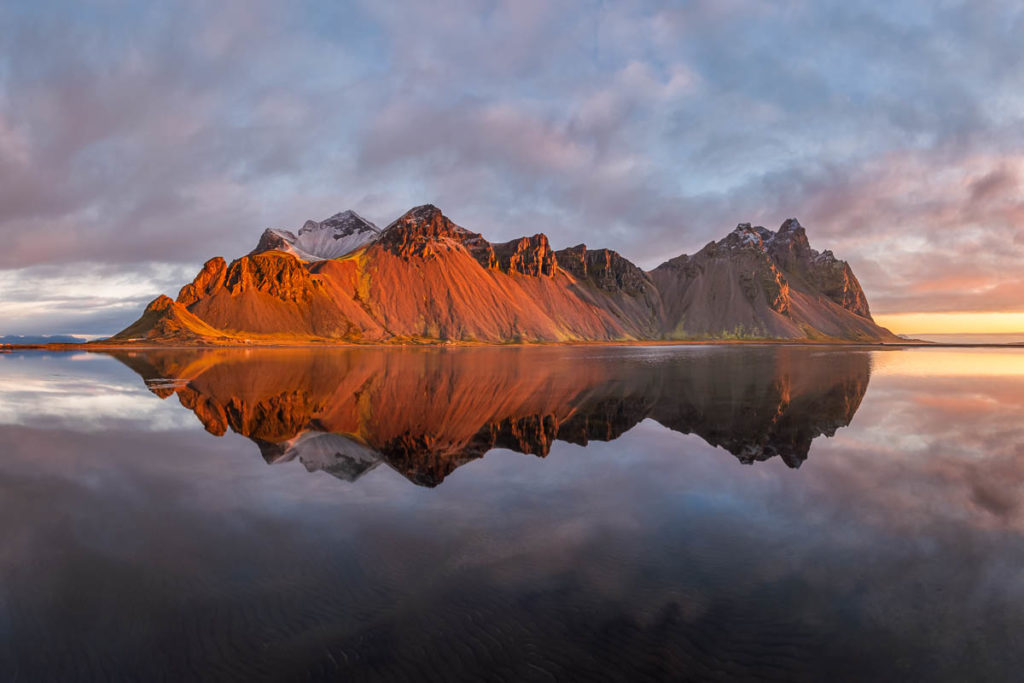
You may ask why reflection in photography is good? Imagine a beautiful scene. Then double this! Jokes aside, reflections are a creative photography tool, and when used wisely, there’s nothing quite like the effect they create. And the reason for this is that symmetry is incredibly aesthetically pleasing to many people . Reflections may provide a beautiful and artistic touch to your photos. By capturing the reflection of an object, you can double the impact of your photographs and create depth and complexity to your work, adding interest and mystery. So, let’s look at how you may use the mirror effect to improve your photographs.
Understanding Reflection Photography
To begin, we must define reflection photography and how it works. The art of capturing an image reflected in a surface, such as water or mirrors, is known as reflection photography. It can be a difficult technique to master since obtaining a clear reflection necessitates paying close attention to lighting, perspective, and focus. Investigating various sorts of reflected surfaces and lighting circumstances will help you develop a more nuanced and sophisticated approach to reflection photography.
Reflections in landscapes and seascapes
Landscapes and seascapes provide numerous opportunities for reflection photography. Incorporating reflections into your landscape and seascape photography, whether it’s capturing the reflection of a mountain in a lake or the reflection of a sunset on a lake, may add a feeling of depth and beauty to your photographs. Early in the morning, before sunrise, is the best time to get a wonderfully smooth and calm sea surface. Of course, you must check the weather to ensure that there is no wind or rain to disrupt the serenity of the water. We witnessed so many reflections right before sunrise on our car tour throughout Iceland! Those reflections were usually gone when the sun came up.
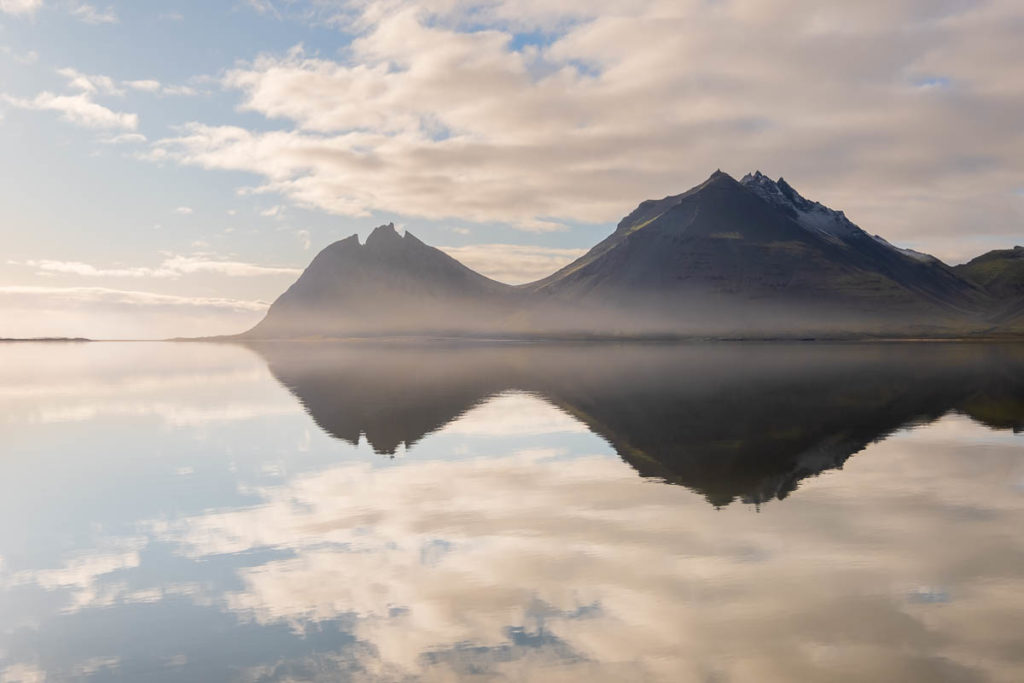
Reflections in cityscapes
Urban environments offer a wealth of reflective surfaces, such as skyscrapers, glass buildings, and city streets, that can create unique and dynamic images. Capturing reflections in cityscapes requires careful attention to lighting and angles, as well as an eye for composition. If you live in the city the best time to get some reflections is right after it rains, when there are still puddles and the roads are wet. Even a small puddle is enough. Just make sure to get down and close to it. If you have a bottle of water with you, you can always make your own puddle!
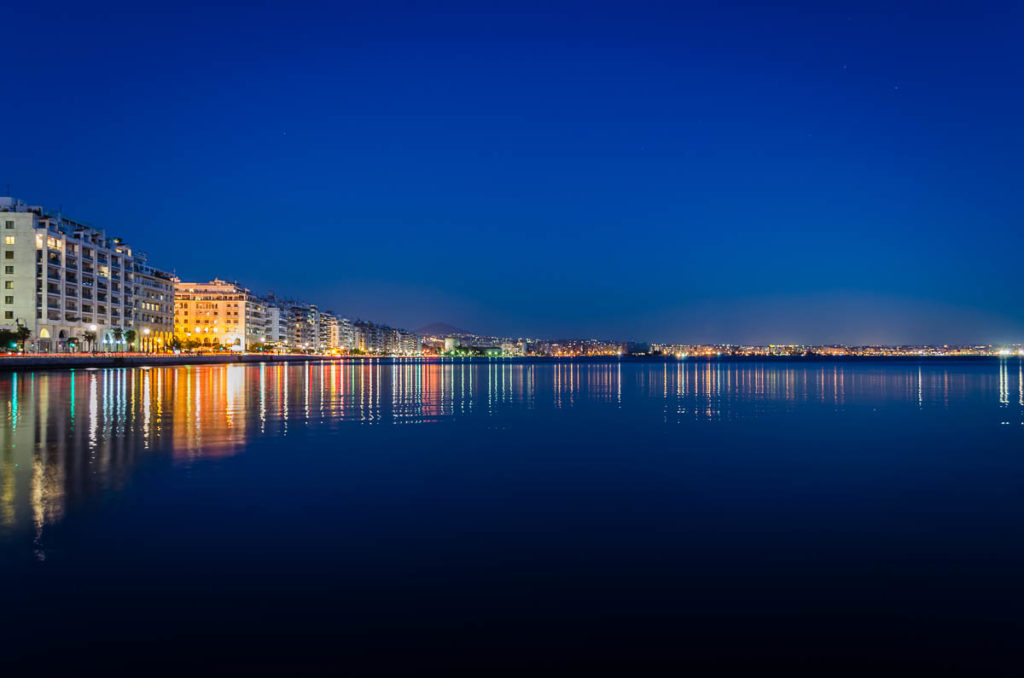
Photographing a reflection
The key to a good composition is to pay attention to the balance between the reflection and its surroundings. One of the most important elements of composition when photographing reflections is symmetry. By placing the reflection in the center of the frame, you can create a sense of balance and harmony. However, you can also experiment with off-center compositions to create a more dynamic and engaging image.
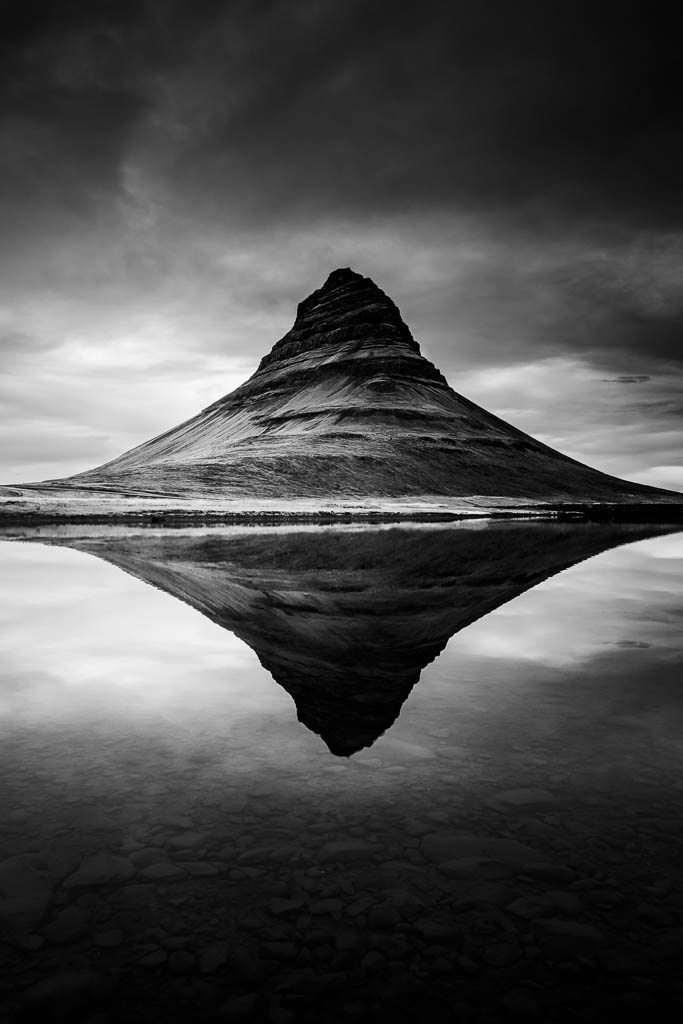
Final words
In conclusion, reflection photography is a fascinating and rewarding subject to explore in your photography practice. By understanding the basics of how reflection photography works, experimenting with different techniques, and taking the time to edit and post-process your images, you can create stunning and unique photographs that capture the beauty and complexity of the world around us. So grab your camera and start seeing double – you may be surprised at what you discover! Here is a collection with some of favorite photographs with reflections in case you wanna have a look!
